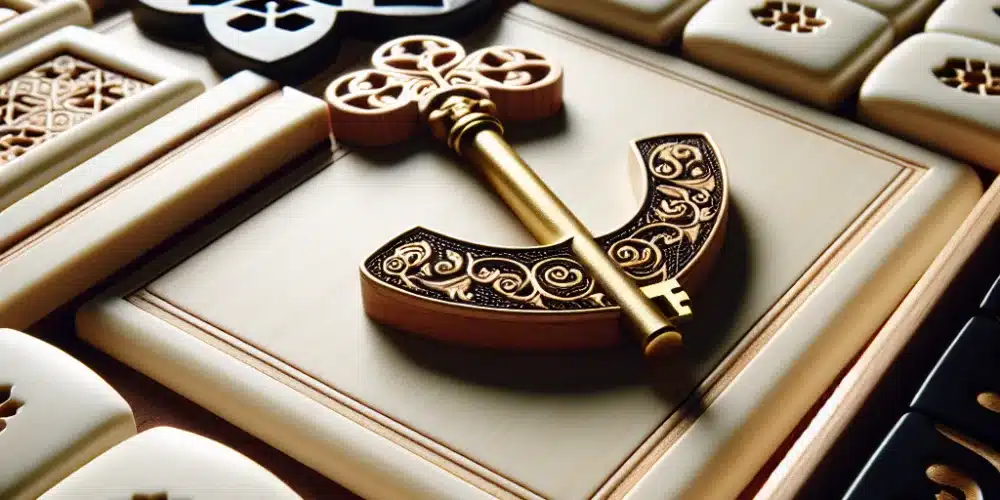Understanding the Basics of Pai Gow
One common mistake players make in Pai Gow is treating it like a typical poker game. Unlike traditional poker, Pai Gow is played with a 52-card deck plus one joker, which can only be used as an ace, or to complete a straight, flush, or straight flush. The game is unique in that players create two poker hands out of the seven cards they are dealt: one five-card hand and one two-card hand.
The High Hand and the Low Hand
The five-card hand (known as the “high hand” or “the bottom”) must outrank the two-card hand (the “low hand” or “the top”). Failure to adhere to this fundamental rule, known as “fouling your hand,” results in an automatic loss. Beginners should always double-check that their two-card hand isn’t accidentally stronger than their five-card hand.
Optimizing Your Hand Setup
The key to success in Pai Gow lies in how well you can balance your high hand and low hand. Since you need to win both hands to beat the dealer, strategic balance is crucial.
Using the Joker Wisely
The joker adds a unique twist to Pai Gow. Since it can function as an ace, it brings added flexibility to your hands. However, its real power comes in completing straights or flushes in your high hand. Always consider the potential of the joker to turn a decent hand into an unbeatable one.
Pair Distribution
If you find yourself with only one pair, it usually should go in your high hand. Two pairs pose a more interesting dilemma; generally, split them unless they are both high pairs or one is very low. If you have three pairs, the strongest pair should typically go to the front hand, bolstering your chances of winning that portion of the round.
Making Strategic Decisions
The complexity of Pai Gow strategy comes from its requirement to win both hands. Thus, your strategy should not only focus on maximizing the strength of one hand but should ensure both hands are competitive.
Understanding House Way
Most casinos offer the “house way” button, where the dealer sets your hand according to the casino’s predefined strategy. Observing how dealers set their hands can provide insights into how you might optimally set yours in various scenarios. However, being too dependent on the house way can diminish your flexibility and personal judgment in close-call situations.
The Role of Bankroll Management
As Pai Gow often results in a large number of pushes (where neither player nor dealer wins), having a robust bankroll management strategy is essential to withstand these stalemates. It’s advisable to set limits on wins and losses per session and stick to them rigorously. Additionally, consider placing smaller bets until you become more experienced with the game dynamics.
Advanced Pai Gow Tactics
Co-Banking
Some casinos allow players to co-bank with the house. In these instances, you and the house share the wins and losses. This can reduce the house edge and offer a slight advantage as you’re effectively playing with part of the casino’s bankroll.
Spotting Dealer Patterns
Experienced players will note that some dealers follow set patterns when they sort their hands. If you can identify these patterns, you can adjust your strategy accordingly, potentially giving you an upper edge in setting your hands.
Final Thoughts
Pai Gow is a game of skill and patience. By taking the time to understand and implement these strategies, you can greatly enhance your enjoyment and effectiveness in the game. Remember, each session is an opportunity to fine-tune your approach, learn from your hands, and apply your knowledge in subsequent games. Whether you’re playing at a casino table or a virtual platform, these strategies hold the key to transitioning from a novice to a skilled Pai Gow player.

David Harrison stands tall in gambling journalism, marrying his firsthand casino experiences with a deep understanding of betting psychology. His articles transform complex gambling jargon into engaging tales of strategy and chance, making the world of betting accessible and enjoyable. David’s knack for narrative extends beyond print, making him a sought-after speaker on gambling trends and future bets. In the realm of gambling, David is both a scholar and a storyteller, captivating readers and listeners alike.
















